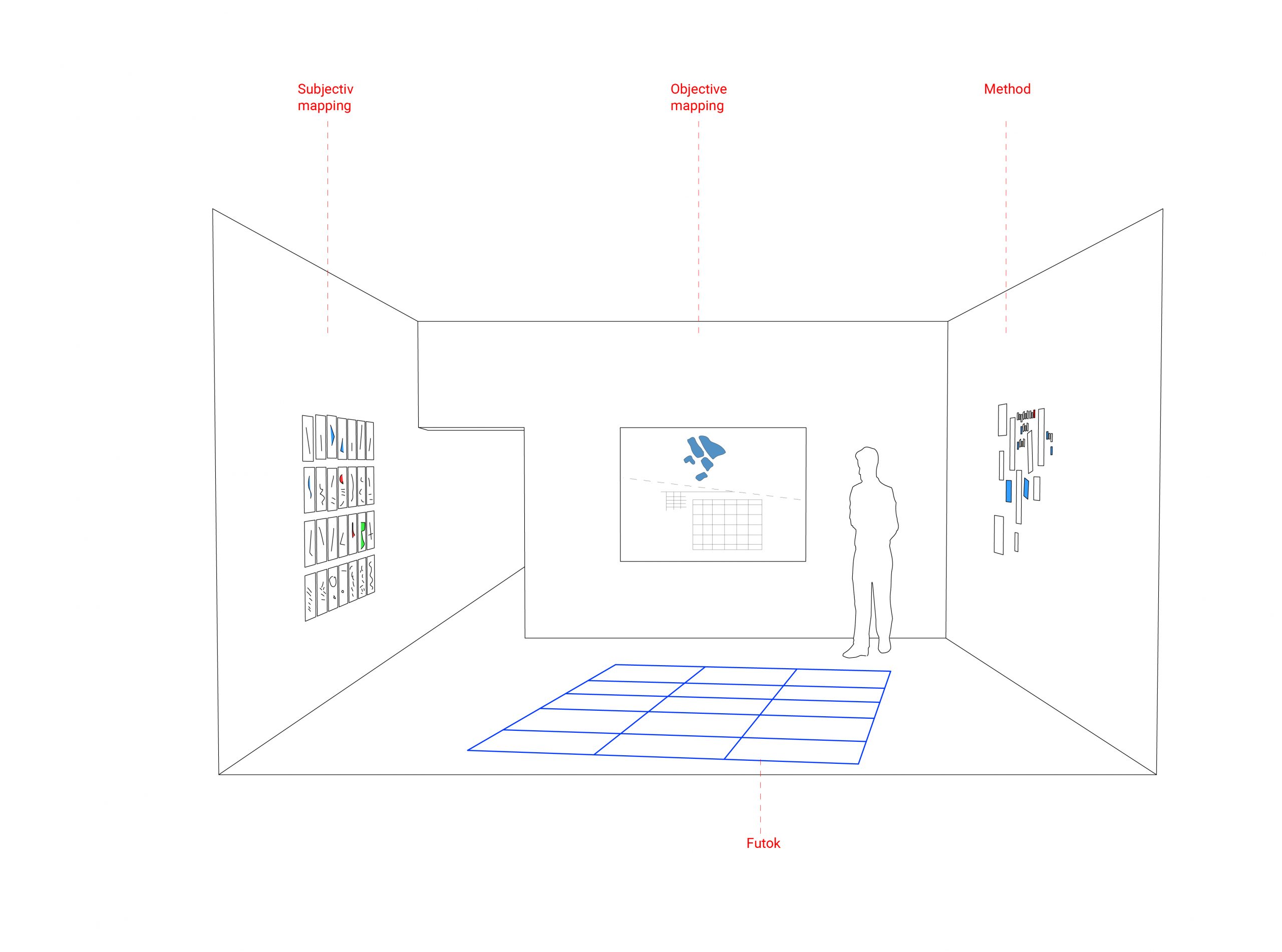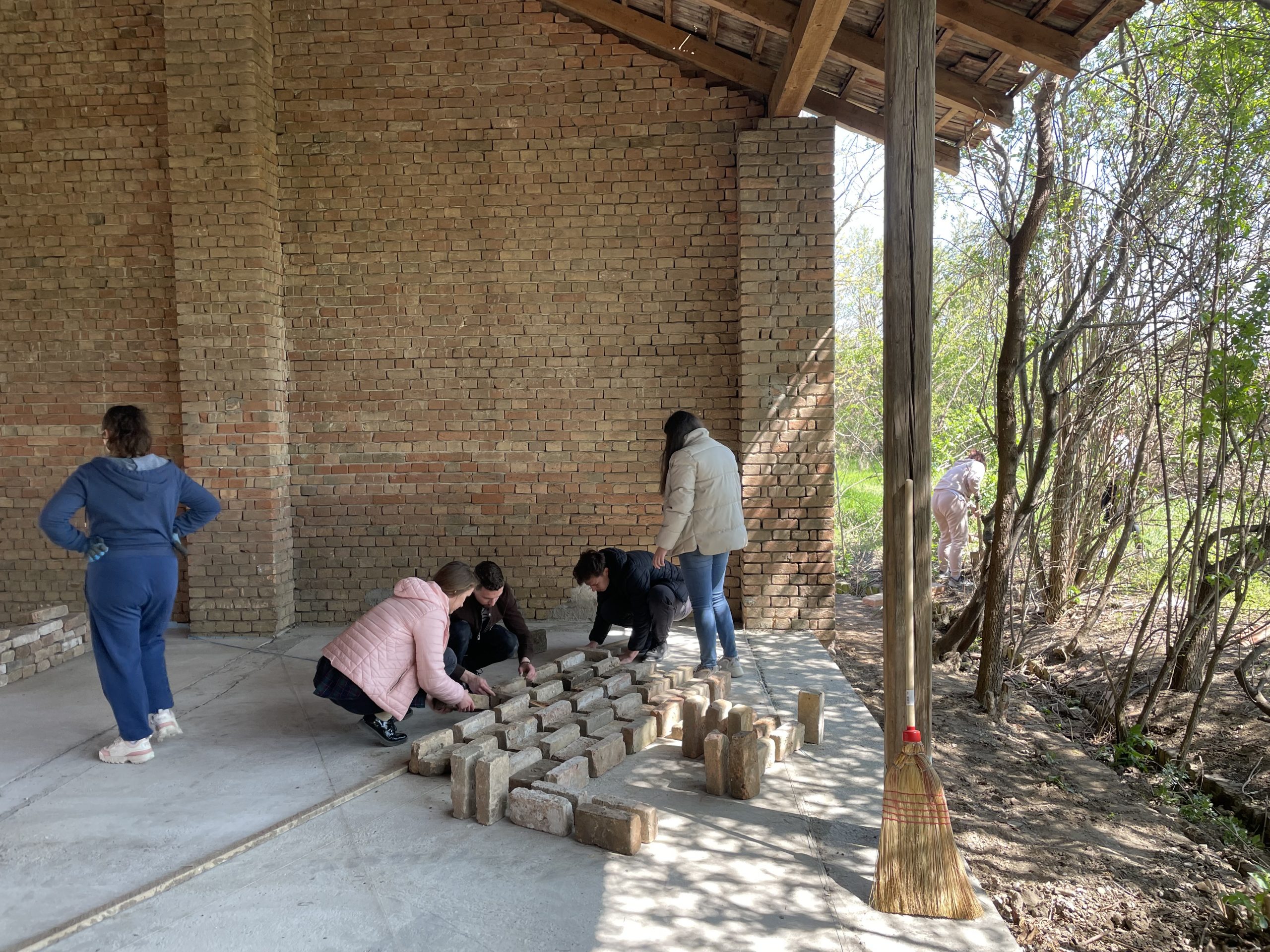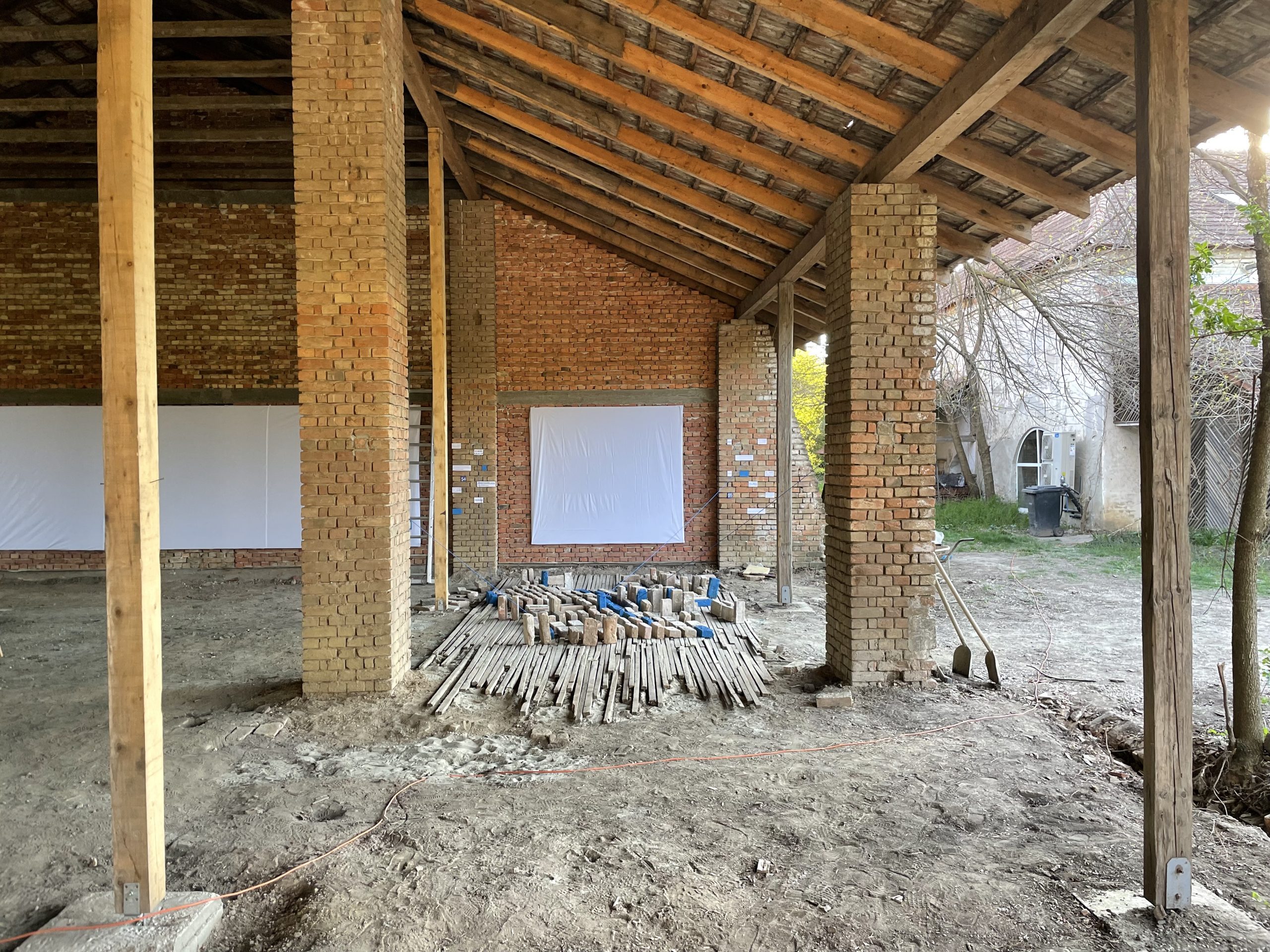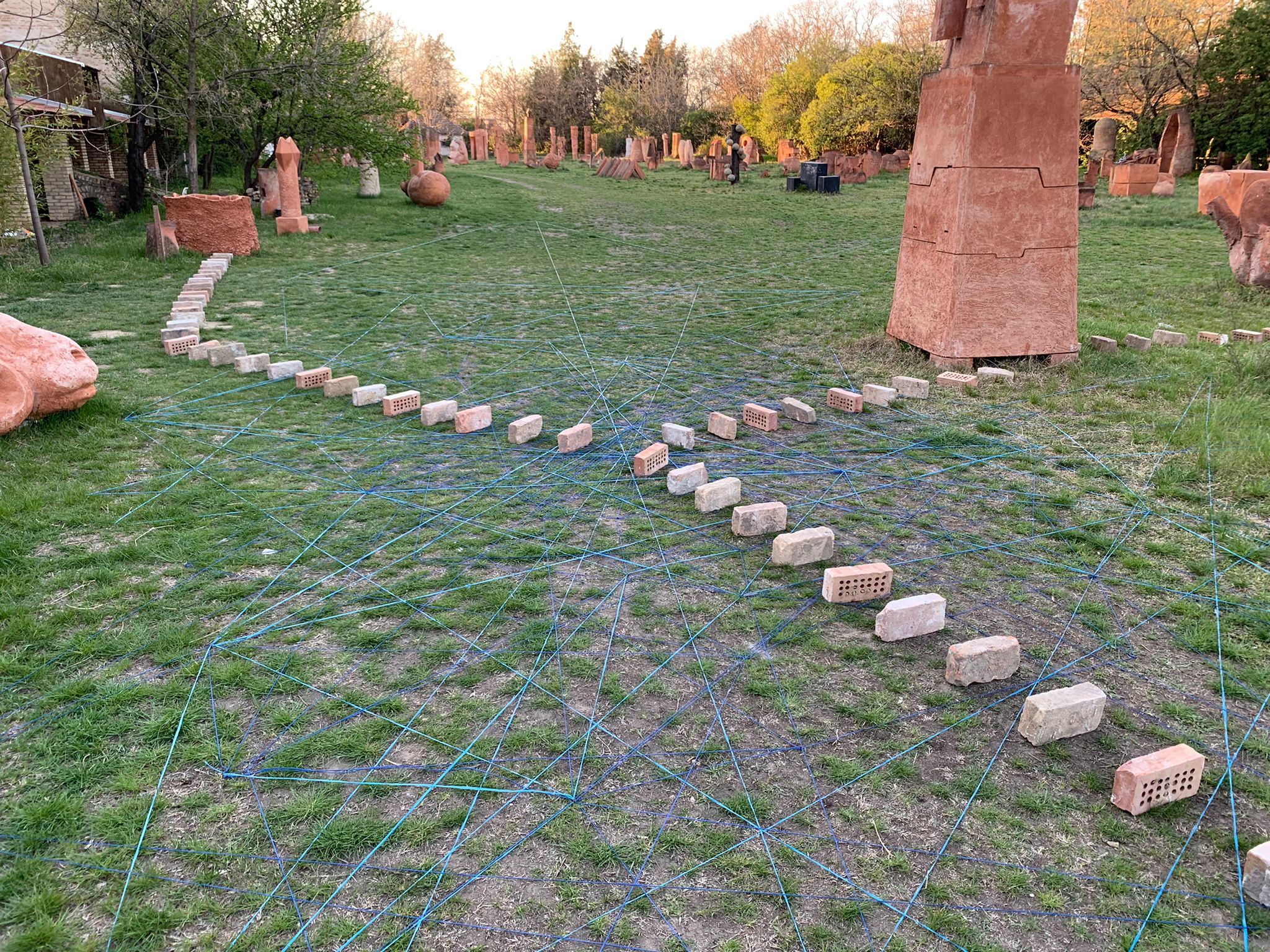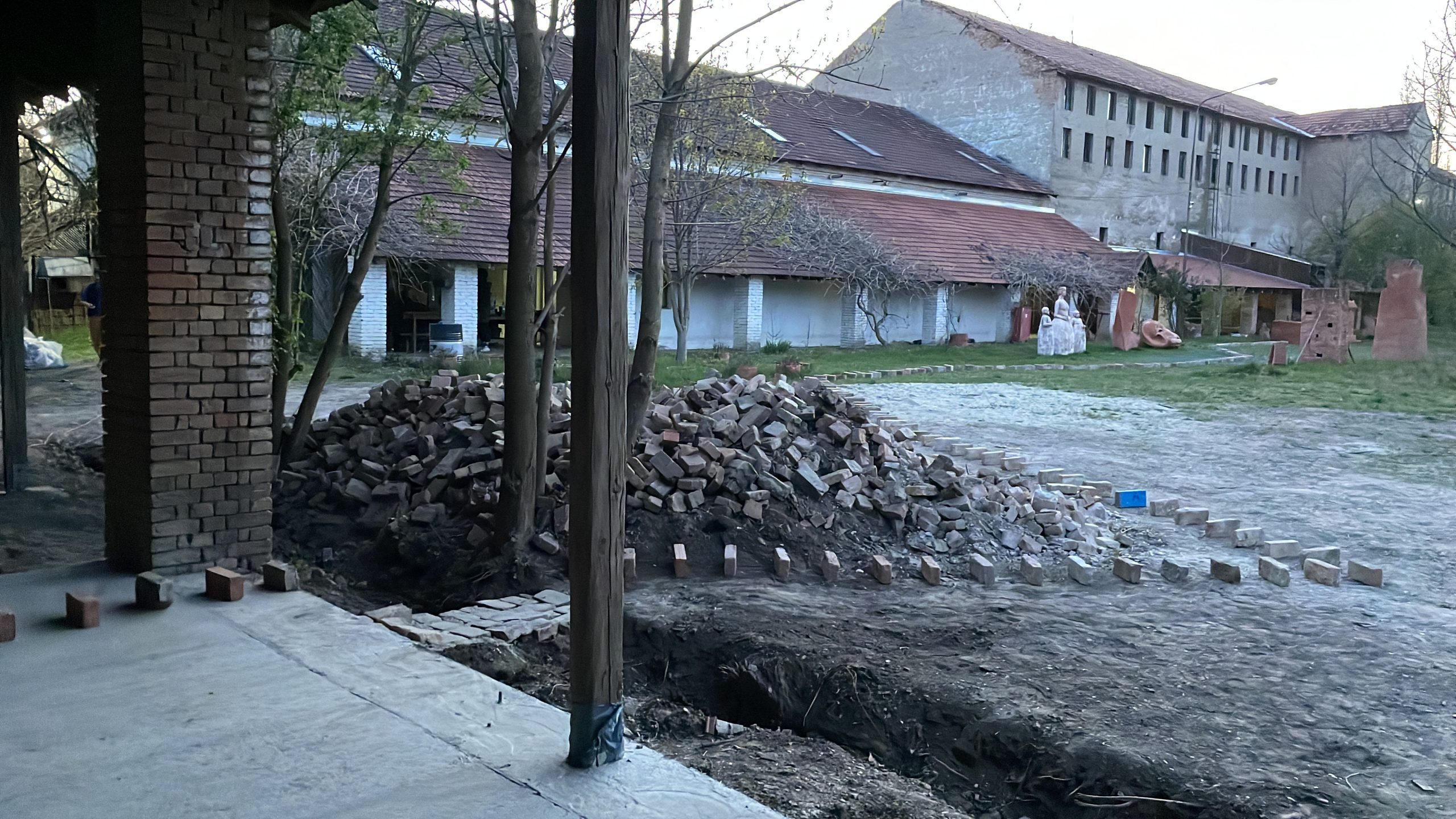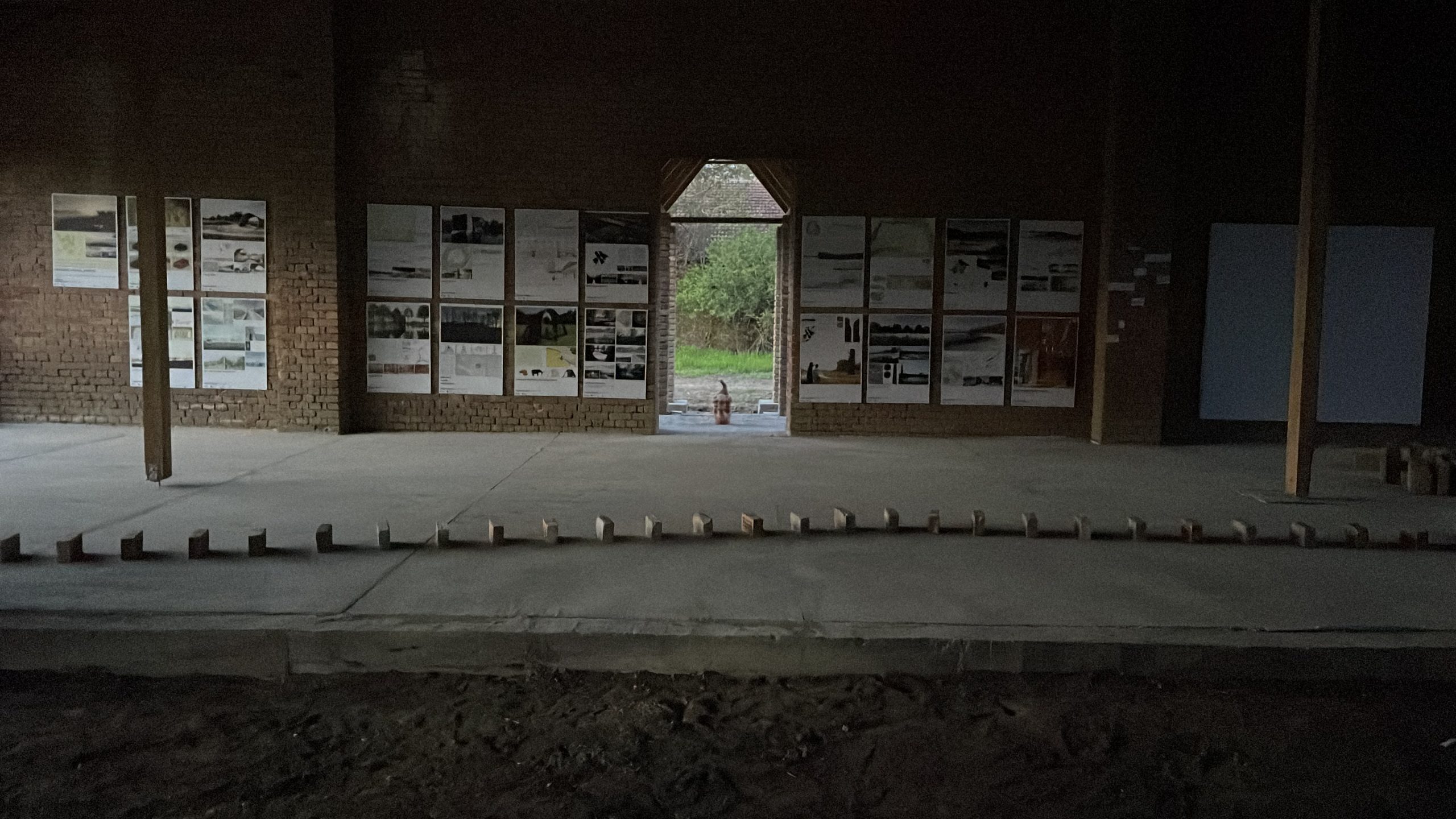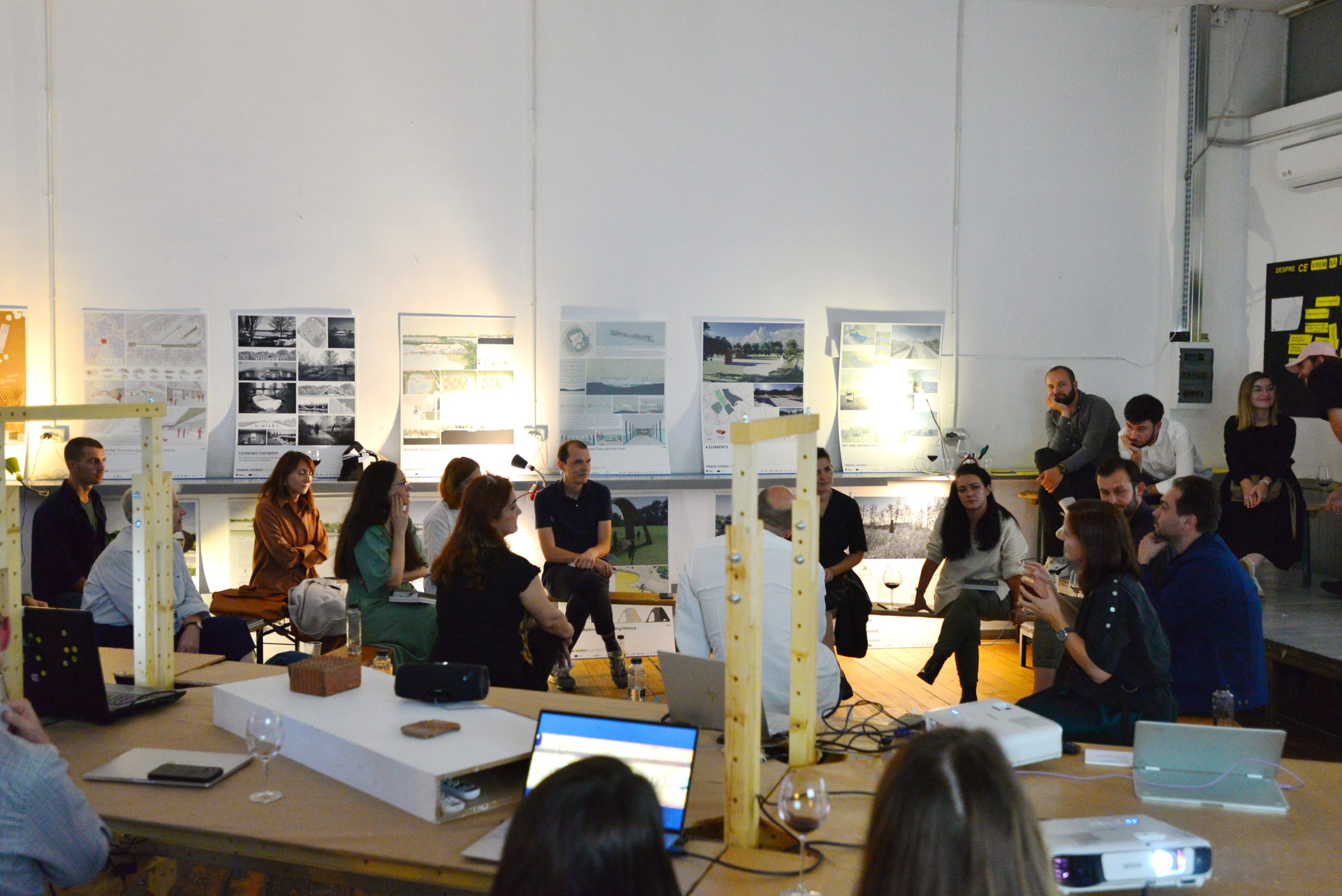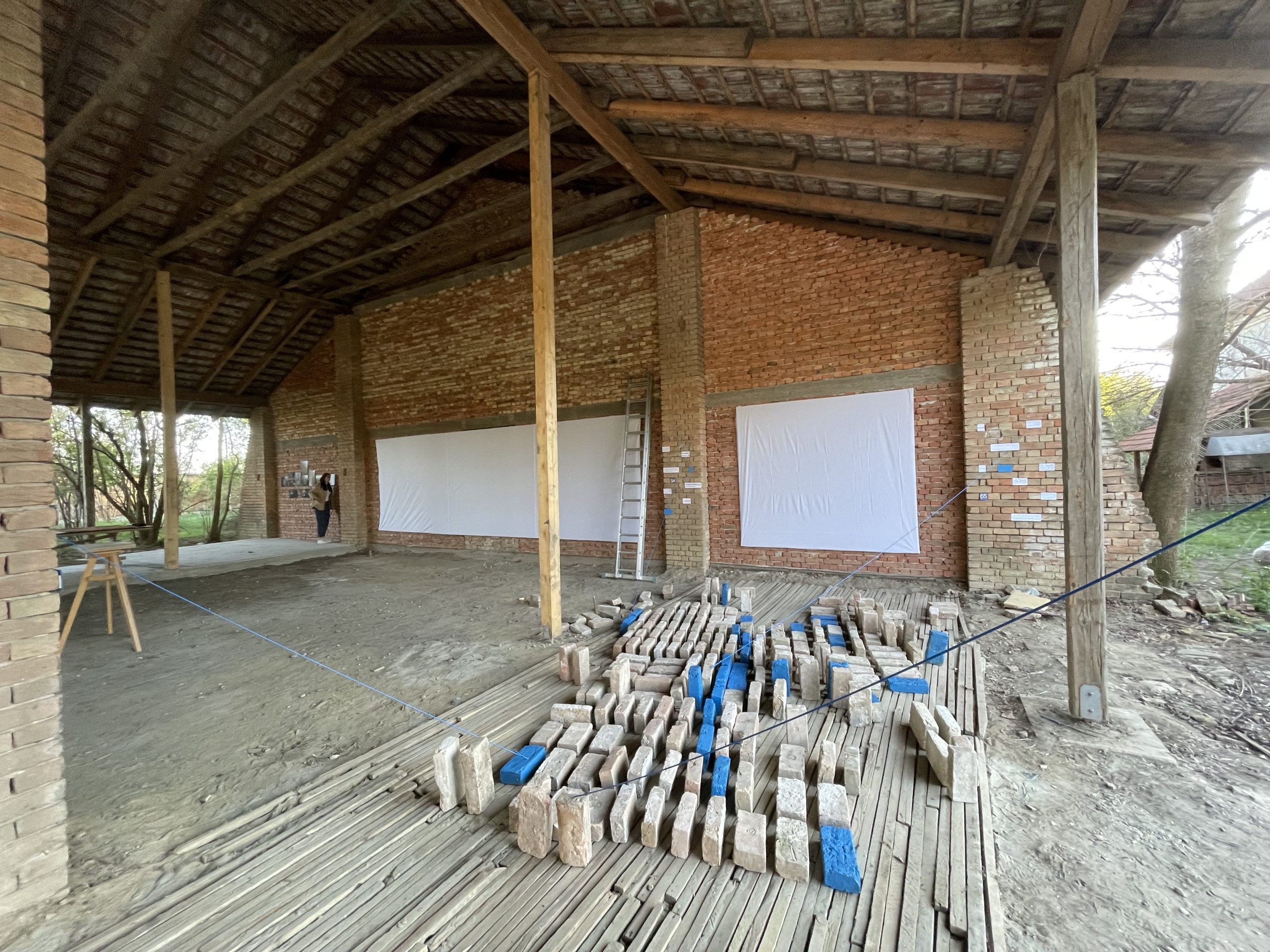
CURATING TRIPLEX CONFINIUM. HOW TO BUILD UP AN EXHIBITION
Exhibiting architecture has been a practice used by architects since the beginning of modernity. Lately, it can be considered not only an occasion for displaying end products and bold ideas, but also an appropriate environment and a creative process that allows exploration and learning, questioning, debating within the presence of different levels of encounters between the professionals and the public.
The workshop was proposed as a collaboration between UAUIM and UBB teams intended to explore the making-of of the exhibition dedicated to disseminating the experiences of the Triplex Confinium project. The coordinators proposed a four-step action: initial proposal for the exhibition, exploring non-architectural tools of research (UBB exercise), debating previous experiences from the curators’ point of view and setting up the exhibition.
(STEP) 1. (Day 1, 8th of April) An incipient proposal for the exhibition was presented by the teachers at the beginning of the workshop, then tested and adjusted, following STEP 2 and STEP 3. The proposed strategy of research and implementation revolved around the design & construction of a scale model of the territory determined by Jimbolia and Kikinda. The goal was to understand territorial relations between settlements, industry and national borders. Using the exterior spaces of Terra for the model, we aimed to construct a direct connection between the small scale – minute and material qualities of the region (vegetation, soil type, debris) and the large-scale geometry and fluxes that determine its evolution. In doing so we would look for a synthesis between opposing scales – the material environment that surrounds each individual (small scale) and the abstract environment visible to us only through theory and conceptualisation (large scale). Existing ideas and projects could be tested by being introduced in the logic of the model.
(STEP) 2. (Day 1 and 2, 8th and 9th of April) The UBB exercise presented the most important qualitative research methods and the way these can be used by architects. The UBB exercise was intended to train students for specific tools of sociological investigation, but also to create content for the exhibition, according to one of the main topics that emerged as relevant in exhibiting the Triplex Confinium Project: networking and mobility.
(STEP) 3. (Day 3 and 4, 10th and 11th of April) Debating the previous experiences from the curators’ point of view shed light on the intricacies and nuances of creating an exhibition. A series of short lectures and presentations in which tutors within the Triplex Confinium Project and guests (curators and active actors in the exhibition field) shared their experiences. Starting from several recent curating experiences in Romania, Ilinca Păun-Constantinescu’s lecture emphasized the theoretical essentials in building up an exhibition concept. Daniel Kovacs discussed the Othernity exhibition in the Hungarian pavilion at the last Venice Biennale by raising the important questions in tackling a given topic and adapting it to a specific context. Levente Polyak’s intervention showcased diverse instruments used for documenting and communicating to the public various international research projects, while highlighting key steps for defining the role of the different media. Alexandru Belenyi initiated the discussion around scale, model, installation and public space, and this debate was continued on various study cases by the UAUIM tutors and the students. The main topics emphasized and applied as built-up exercises addressed: the significance and the need of clarity in the message to be transmitted to the public, the use of different types of media and content, the importance of adjusting the content and message to a specific public.
(STEP) 4. (Day 3, 4, 5 and 6, 10th to 13th of April) The exhibition itself had two purposes. First of all, it showcased the projects which have participated in the Think Brick competition in Jimbolia. Secondly, it included the processes and the results of the two workshops in Jimbolia and Kikinda, thus offering an overarching perspective on the Triplex Confinium project. The outcomes that resulted in both summer schools (Jimbolia, September 2021 and Kikinda, April 2022) represented the basis for creating both the frame and the content of the exhibition. The diversity of working methods and tools generating a variety of results (printed materials / installations / videos / texts / actual products etc.) helped in challenging different means of exposure. The significance and the clarity of the message for the public was also addressed by identifying specific titles and keywords that were common themes for the different workshops.
The main topics discussed during the workshops were tested in the course of building up the exhibition. The actual work for the exhibition involved clear phasing of the work and the creation of several mixed transnational teams (coordinators and students, different schools / different domains) with specific activities running in parallel: space survey, vectorization, cleaning and preparing materials, preparation and organization of the outcomes as film montages or significant quotes and images, mapping information (as physical and virtual exhibits), building the model and the attached installations.
The 3D model was, first of all, the construction of a new vantage point from which the two cities and the national border appeared together in a perceivable physical space. The scale of the model was in between the usual analytical categories as one can both walk into the model (like you would into an edifice or a piece of land art), but also see it from „outside” as an abstracted space of relations, fluxes and stories. By the end of the workshop the model expanded to include other landmarks such as Mako and Domnești – nearby cities visited by the students as part of the social investigation exercise. As the model was constructed with local scrap materials, it became a pretext to explore the surrounding space and develop new means of abstraction starting from available materials. The models for Jimbolia and Kikinda were realized using brick – an abstraction technique that facilitated comparison and analysis of the two while for Mako and Dudești the abstraction vocabulary was expanded to include wood planks, broken sculptures or ceramic tiles. The color blue (tape, string, paint) was used first as a visual and eventually conceptual tool for enforcing unity upon the material production of the exhibition.
One of the main questions for students was how to represent key concepts like a grid that is a soft presence in the landscape and a border that separates and connects at the same time. The borders between the three countries were constructed as rows of bricks spaced apart so the boundary was a porous demarcation. The grid was represented as an absence materialized through the presence of urban blocks of the two cities. Triplex Confinium, the actual physical point where the three countries converge, was spatialized as a series of strings that connected the three parts of the same historical region.
Finally, the exhibition should be seen not only as a means to test and communicate the Triplex Confinium research, but also as a collaborative process of the seven partners and the local communities that goes beyond the outputs, a work in progress that extends both physically and virtually in the Banat region.
tutors: Irina Băncescu, Irina Tulbure, Cristian Borcan, Cristian Bădescu
guest tutor: Alexandru Belenyi






